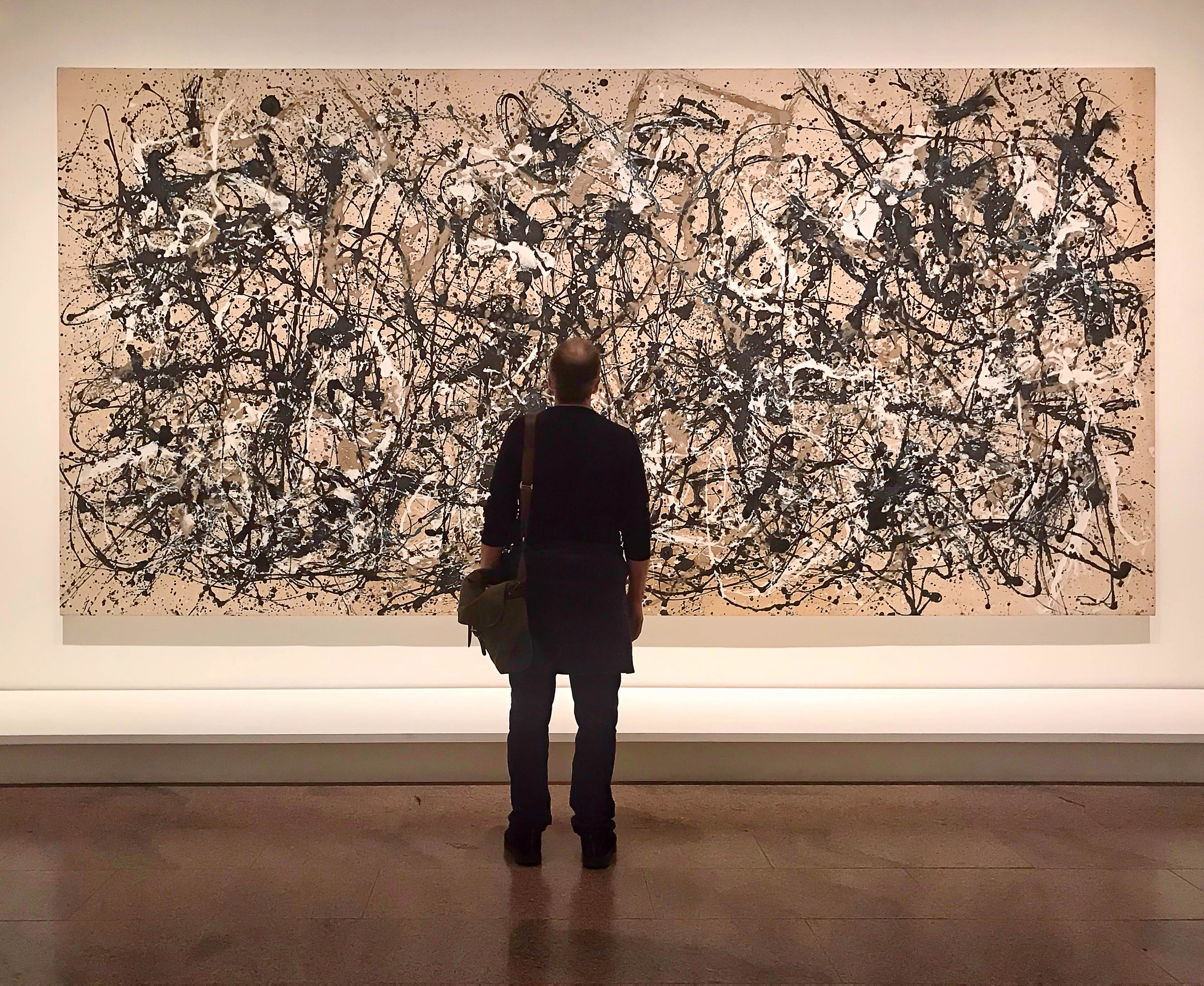Diversifying investment portfolios has led many to explore the intriguing world of art investment. Over the past decade, barring the Covid-induced disruptions, the art market has consistently outperformed the S&P 500, making it an enticing avenue for financial growth. Impressively, even post-Covid, the art market demonstrated its resilience by rebounding stronger than pre-pandemic levels, showcasing its potential as a hedge against economic fluctuations, inflation, and recession. Investing in art not only promises potentially high returns but also enables individuals to support cultural institutions, indulge in their passion for collecting, and leave behind a lasting legacy.
Choosing the Right Art: The Key to Success
For investors, a crucial piece of advice is that the selection of artwork greatly influences the investment's success. Recent trends reveal a shift toward contemporary art, where emerging and mid-career artists have fueled sales growth. In 2020, contemporary art constituted 55% of total sales, up from 49% in 2019. The returns heavily depend on acquiring the right artwork, encompassing factors like the artist's reputation, subject matter, condition, size, and more. Expert advisors play a pivotal role in helping investors navigate this complex landscape, ensuring strategic sourcing, negotiation, and eventually, a profitable exit.
Diverse Investment Structures for Art Investment
Recent years have witnessed an upsurge in the variety of investment structures catering to art enthusiasts. An experienced art advisor becomes an invaluable asset in guiding investors through these options, offering due diligence not just on investment structures but also on the artworks and their appropriate price points.
Art Funds: Managed by professionals with art market expertise, art funds allow investors to pool resources for art acquisition. They offer access to a diverse range of artworks and professional management. However, high minimum investments and fees are common due to auditing and fund oversight requirements.
Private/Direct Investment: Managed by individual investors or their advisors, this approach requires profound knowledge of the art market and access to private auctions and galleries. While it offers control over investments, it demands significant time and effort, which an advisor can alleviate.
Fractionalization: Investors own a portion of a larger artwork, granting access to valuable pieces that might otherwise be unaffordable. Fractionalization enables diversification across multiple artworks with smaller capital. However, its complexities and associated fees need careful consideration.
Co-Investment: Investors collaborate to acquire a single artwork, providing access to masterpiece pieces that might be financially challenging individually. Co-investment spreads risks and rewards among participants but requires legal expertise for setup.
Navigating Art Investment Wisely
As the art investment arena grows, potential pitfalls also increase. Investors need to be equipped with knowledge to make informed decisions. Tips on purchasing art like an expert and avoiding common mistakes can be invaluable. For those delving into private/direct investment, partnering with an advisor who provides thought leadership, education, and market access becomes prudent, especially in the often opaque art market.
Intriguing Questions Linger
As you contemplate the merits of art investment, several intriguing questions arise:
- How can art's emotional value be reconciled with its financial potential within a portfolio?
- What strategies can effectively balance the pursuit of returns with supporting cultural institutions and fostering a passion for collecting?
- How do evolving art market trends influence the choice between different investment structures?
- What role does professional guidance play in ensuring a successful art investment journey?
- Can art truly stand as an enduring legacy for future generations while maintaining its financial appeal?
These questions underscore the intricate interplay between art, finance, and personal aspirations. While the decision to invest in art is multifaceted, exploring these inquiries can provide valuable insights for anyone considering the captivating world of art investment.





